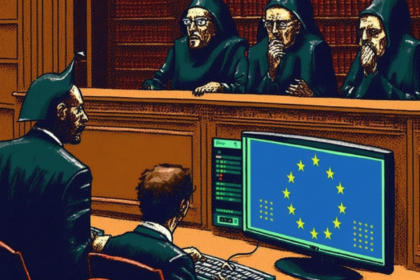Introduction to the Rising Threat
The digital landscape of the casino industry is facing an unprecedented challenge: a surge in ransomware attacks. The FBI has recently issued a stark warning, highlighting a worrying trend of threat actors increasingly targeting casinos. This development is not just a fleeting concern but a significant threat to an industry that contributes almost $329 billion annually to the U.S. economy. As we delve into this issue, it’s crucial to understand the magnitude and implications of these ransomware attacks on casinos.
Recent High-Profile Casino Attacks
In recent months, the casino and hotel giants, including MGM Resorts and Caesars Entertainment, fell victim to high-profile ransomware attacks. These incidents, along with an attack on Marina Bay Sands in Singapore, not only exposed personal information but, in some cases, severely disrupted casino and hotel operations. Such attacks underscore the vulnerability of the industry and the sophistication of the cybercriminals involved.
Why Casinos are Prime Targets
According to Katell Thielemann, a distinguished VP analyst at Gartner, casinos are particularly vulnerable due to their financial reserves and the less pronounced public outcry when they are attacked. Thielemann notes,
“Casinos are an opportunistic target because they have money and the public outcry is less pronounced when they are attacked.”
Economic Impact on the Casino Industry
The casino gaming industry is a significant contributor to the U.S. economy, with a reported economic activity of nearly $329 billion annually. The impact of ransomware attacks extends beyond immediate financial loss, affecting the industry’s reputation and customer trust.
Technological Vulnerabilities Exploited
Ransomware threat groups are exploiting vulnerabilities in vendor-controlled remote access systems to intrude into casino servers. The FBI observed a trend of these actors compromising third-party gaming vendors, leading to frequent attacks against smaller and tribal casinos. Thielemann further explains, “Every one of these systems is a possible entry point.”
Notable Ransomware Groups Involved
Groups such as the Silent Ransom Group, or Luna Moth, and ALPHV ransomware affiliate Oktapus, also known as Scattered Spider or Octo Tempest, have been linked to these attacks. Their tactics include phishing attacks, social engineering campaigns, and exploiting vulnerabilities in remote access tools.
FBI’s Mitigation Steps and Industry Response
The FBI has shared mitigation steps, including policies for third-party vendor use, compliance with identity and access management standards, and network monitoring. However, Thielemann criticizes these measures as being “generic to any industry” and not addressing specific concerns related to third-party gaming vendor remote access technologies.
Analysis: The Gap in Industry-Specific Advice
While the FBI’s notice serves as a crucial reminder of cybersecurity best practices, there is a notable dissonance between the generic advice provided and the industry-specific incidents that triggered it. Thielemann highlights a missed opportunity to address these industry-specific idiosyncrasies.
Conclusion and Best Practices for Cybersecurity
The rise in ransomware attacks on the casino industry is a clarion call for enhanced cybersecurity measures. As threat actors evolve their tactics, it’s imperative for the industry to bolster its defenses and stay vigilant. The key lies in not only adhering to general cybersecurity practices but also in understanding and mitigating the unique vulnerabilities of the casino industry.
We encourage our readers to share their thoughts and experiences. Have you observed similar trends in other industries? What measures do you think can be taken to further protect businesses from such cyber threats? Your insights are valuable in this ongoing discussion on cybersecurity.











